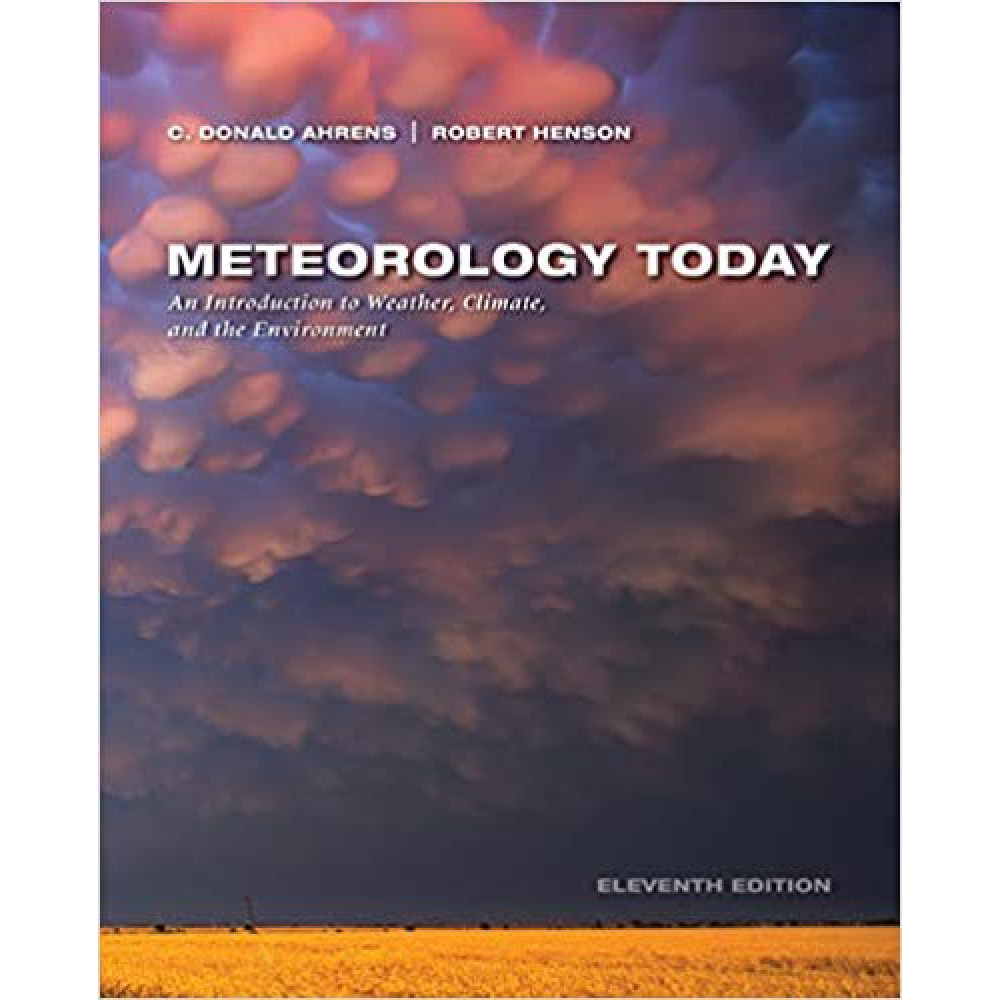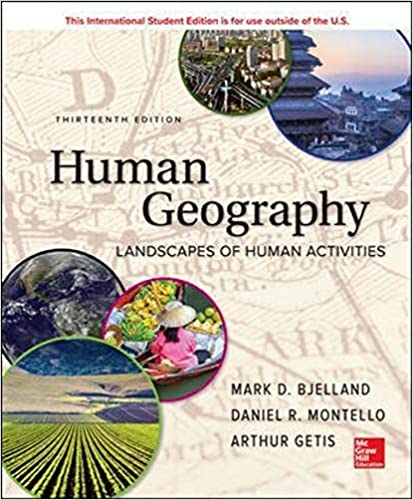1. In an exceptionally cold winter during which the Great Lakes were entirely covered by ice, lake effect snows would be expected in extremely high frequency and intensity.
a. True
b. False
ANSWER: False
REFERENCES: Air Masses
LEARNING OBJECTIVES: METT.AHRE.16.11.3 – Discuss the formation and modification of air masses in North America during summer and winter, and describe the weather that accompanies them.
OTHER: Bloom’s: Understand
2. Maritime Tropical (mT) air masses are responsible for daily afternoon thunderstorms along the Gulf Coast.
a. True
b. False
ANSWER: True
REFERENCES: Air Masses
LEARNING OBJECTIVES: METT.AHRE.16.11.3 – Discuss the formation and modification of air masses in North America during summer and winter, and describe the weather that accompanies them.
OTHER: Bloom’s: Understand
3. Along the boundary between continental polar and maritime tropical air masses, widespread precipitation and storminess is often found.
a. True
b. False
ANSWER: True
REFERENCES: Air Masses
LEARNING OBJECTIVES: METT.AHRE.16.11.3 – Discuss the formation and modification of air masses in North America during summer and winter, and describe the weather that accompanies them.
OTHER: Bloom’s: Understand
4. Fronts are associated with high pressure.
a. True
b. False
ANSWER: False
REFERENCES: Fronts
LEARNING OBJECTIVES: METT.AHRE.16.11.4 – Define the terms front, frontal surface/frontal zone, polar front, and arctic front.
OTHER: Bloom’s: Remember
5. The “average” speed of a cold front is about half that of an “average” warm front.
a. True
b. False
ANSWER: False
REFERENCES: Fronts
LEARNING OBJECTIVES: METT.AHRE.16.11.6 – Determine the location of a “typical” cold front on a weather map on the basis of temperature, dew point, present weather, cloud cover, sea-level pressure, wind direction and speed, and pressure changes.
OTHER: Bloom’s: Apply
6. Cold fronts are colored purple on a weather map.
a. True
b. False
ANSWER: False
REFERENCES: Fronts
LEARNING OBJECTIVES: METT.AHRE.16.11.6 – Determine the location of a “typical” cold front on a weather map on the basis of temperature, dew point, present weather, cloud cover, sea-level pressure, wind direction and speed, and pressure changes.
OTHER: Bloom’s: Apply
7. Occluded fronts are often associated with a broad band of precipitation
a. True
b. False
ANSWER: True
REFERENCES: Fronts
LEARNING OBJECTIVES: METT.AHRE.16.11.10 – Distinguish between cold and warm occlusions and discuss the required conditions for their respective development.
OTHER: Bloom’s: Analyze
8. At the surface, occluded fronts are always followed by colder air.
a. True
b. False
ANSWER: False
REFERENCES: Fronts
LEARNING OBJECTIVES: METT.AHRE.16.11.10 – Distinguish between cold and warm occlusions and discuss the required conditions for their respective development.
OTHER: Bloom’s: Analyze
9. A good air mass source region is generally flat and of uniform composition with light surface winds.
a. True
b. False
ANSWER: True
REFERENCES: Air Masses
LEARNING OBJECTIVES: METT.AHRE.16.11.1 – Define the terms air mass and source region and describe air mass formation in general terms.
OTHER: Bloom’s: Remember
10. In the Central Plains of the United States, continental polar air is welcome in both winter and summer.
a. True
b. False
ANSWER: False
REFERENCES: Air Masses
LEARNING OBJECTIVES: METT.AHRE.16.11.3 – Discuss the formation and modification of air masses in North America during summer and winter, and describe the weather that accompanies them.
OTHER: Bloom’s: Understand













Reviews
There are no reviews yet.